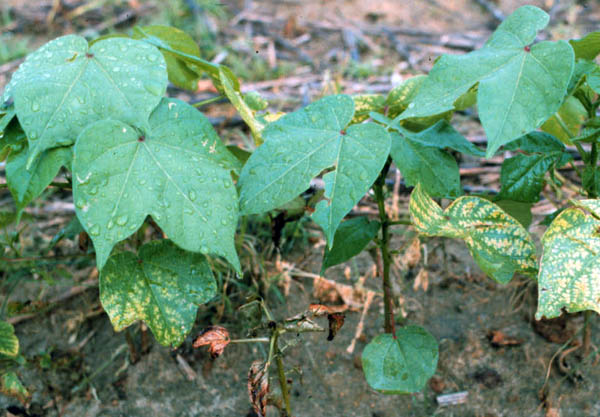February 3, 2014

I have been taking soil and nematode samples in Eastern North Carolina for 33 years. I’ve seen lots of changes in these years, especially with nematodes. The most drastic change has been the introduction of a new species of root knot — eloidogyne enterlobii. It is also called meloidoyne mayaguensis.
These two names are used synonymously.
Until a few years ago root knot was easily controlled by planting a root knot-resistant soybean variety after crops that were a good root knot host.
Based on numbers from the North Carolina Department of Agriculture nematology lab from samples I have taken, these numbers would go from thousands per 500 cc of soil after a good host to zero or very low after a root knot-resistant soybean variety with no adverse effects on the soybeans. This practice clobbered root knot.
A few years ago, this practice failed on one particular farm. Soybeans were unthrifty and roots were galled. Root knot numbers were still high following these soybeans.
Resampling and sending in nematode samples again showed the same results-high root knot numbers following soybeans. This problem occurred in more fields in 2012.
That fall, I sent in samples from approximately 10 farms to NCDA where Weimin Ye through DNA sequencing determined the specie of root knot to be mostly enterlobii.
This nematode was first discovered in China in 1983. In 2001, it was reported in the United States for the first time in Florida and now for the first time in North Carolina in the fields mentioned here.
Root knot-resistant cotton and soybean varieties are not resistant to this variety.
This root knot is more damaging than the “normal” root knot species we have here. Even low numbers on coarse-textured deep sands can be devastating. Cotton nematicide seed treatments are also ineffective.
Only two things can be done for this nematode on cotton. Peanuts may not be a host, however, there is conflicting data and information on this. So if you grow peanuts you can try this.
Chemical control best, but expensive option
I work with very few peanuts so I don’t have any personal data from nematode assays to evaluate this. Other than rotating with peanuts, the other control method is chemical.
Telone II soil fumigant is labeled, however, it is expensive. On high-value crops, it is economical. On low-value crops like cotton, cost is problematic and many times it doesn’t fit cultural practices such as no-till.
However, with this nematode, Telone II is the only option. Planting methods may have to be changed so it can be used. Three gallons should be injected 12 inches deep, under the row during strip-tillage, seven to 10 days before planting.
This will cost approximately $55 per acre. It is costly, so it should only be used where nematode assays indicate a problem.
There are three options for soybeans, and none of these are good. Rotating with peanuts may help, but they both have some of the same diseases such as Southern stem rot.
Telone II would work well, the same as on cotton, but almost all soybeans are planted on narrow-rows and most growers don’t strip-till. They would have to make a major change in planting technique.
The last option is to plant wheat and then let the land go idle. Growers don’t like this either; weeds must still be controlled, no income from the second crop, and landlords generally don’t like this.
In conclusion, not if, but when you get this species of root knot, it will be a game changer.
For cotton, Telone II will probably be a requirement. For soybeans, no good option exists.
Fortunately, this nematode is not widespread and, hopefully, it will remain that way. Hopefully through research, more management options will be discovered.
You May Also Like




